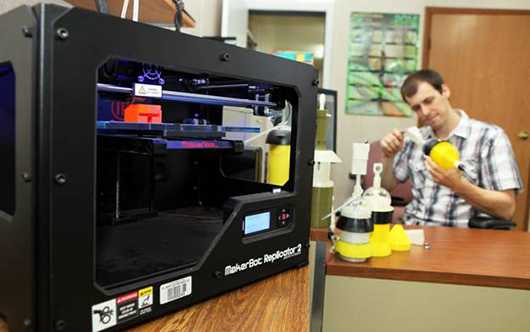Scientists Cue Up 3D Printing In Quest To Quash Citrus Greening
Scientists at the Florida Department of Agriculture and Consumer Services have developed a “SmartTrap” using 3D printing technology to more efficiently catch and study the Asian citrus psyllid, the vector of citrus greening.

Photo courtesy of FDACS
A five-year, $200,000 National Institute of Food and Agriculture grant awarded to Florida will allow the traps to be deployed and tested in California and Texas to prevent a similar crisis.
“This 3D printing innovation gives our scientists the best chance to find a game-changing breakthrough in the fight against citrus greening,” said Florida Commissioner of Agriculture Adam Putnam.
Using computer software and a 3D printer, researchers can easily adjust the trap’s shape, color, lights, and chemicals to better attract the psyllid. This allows researchers to more efficiently and accurately study the insect that transmits greening.
Previously, yellow sticky traps were hung in the trees and collected many different kinds of insects, requiring a trained trap-reader for further testing. With the “SmartTrap,” about 99% of the insects collected are psyllids. The traps also preserve the psyllids, unlike the yellow sticky traps, which leave psyllids exposed to the elements where they quickly decompose and are virtually impossible to remove from the entangling glue for further analysis.









